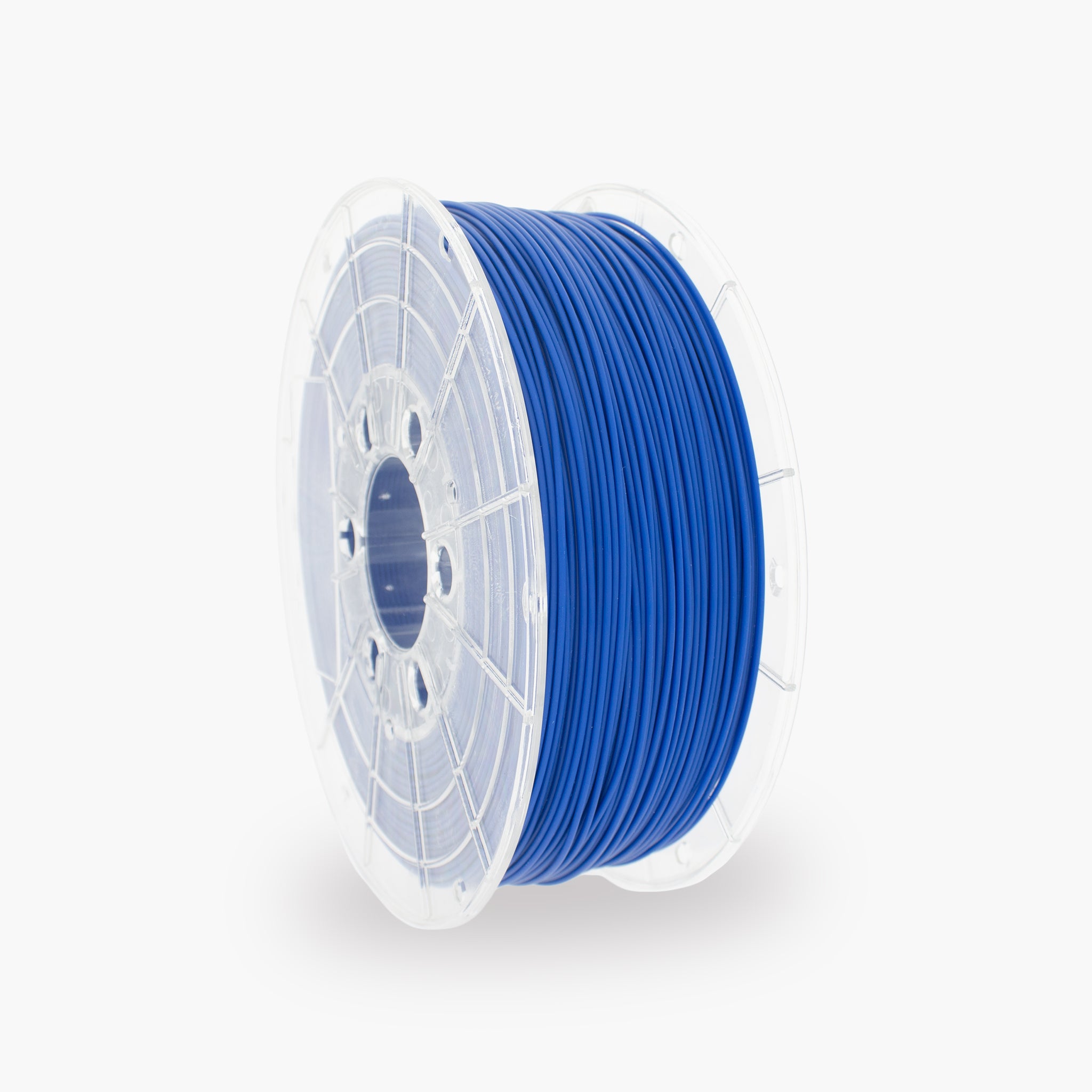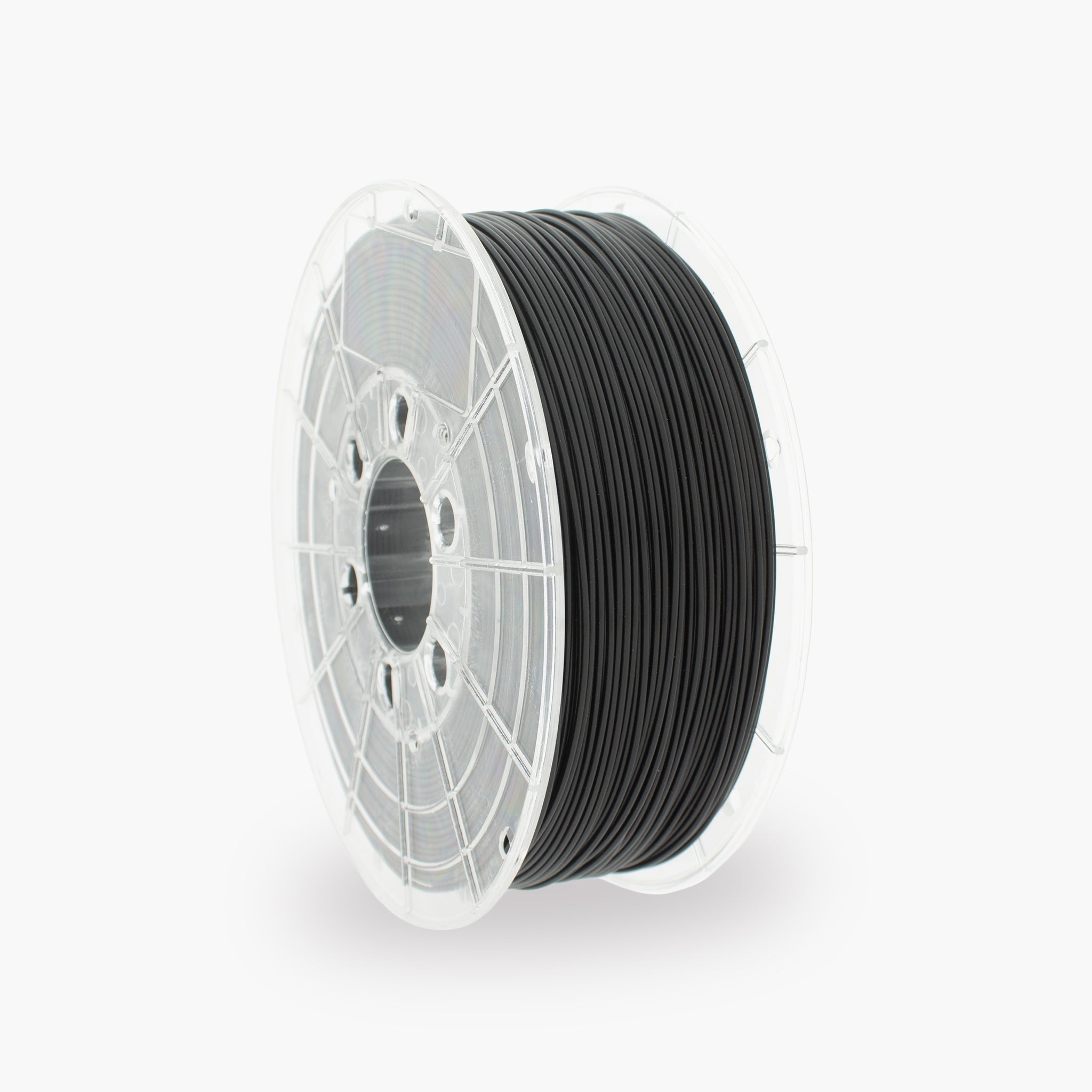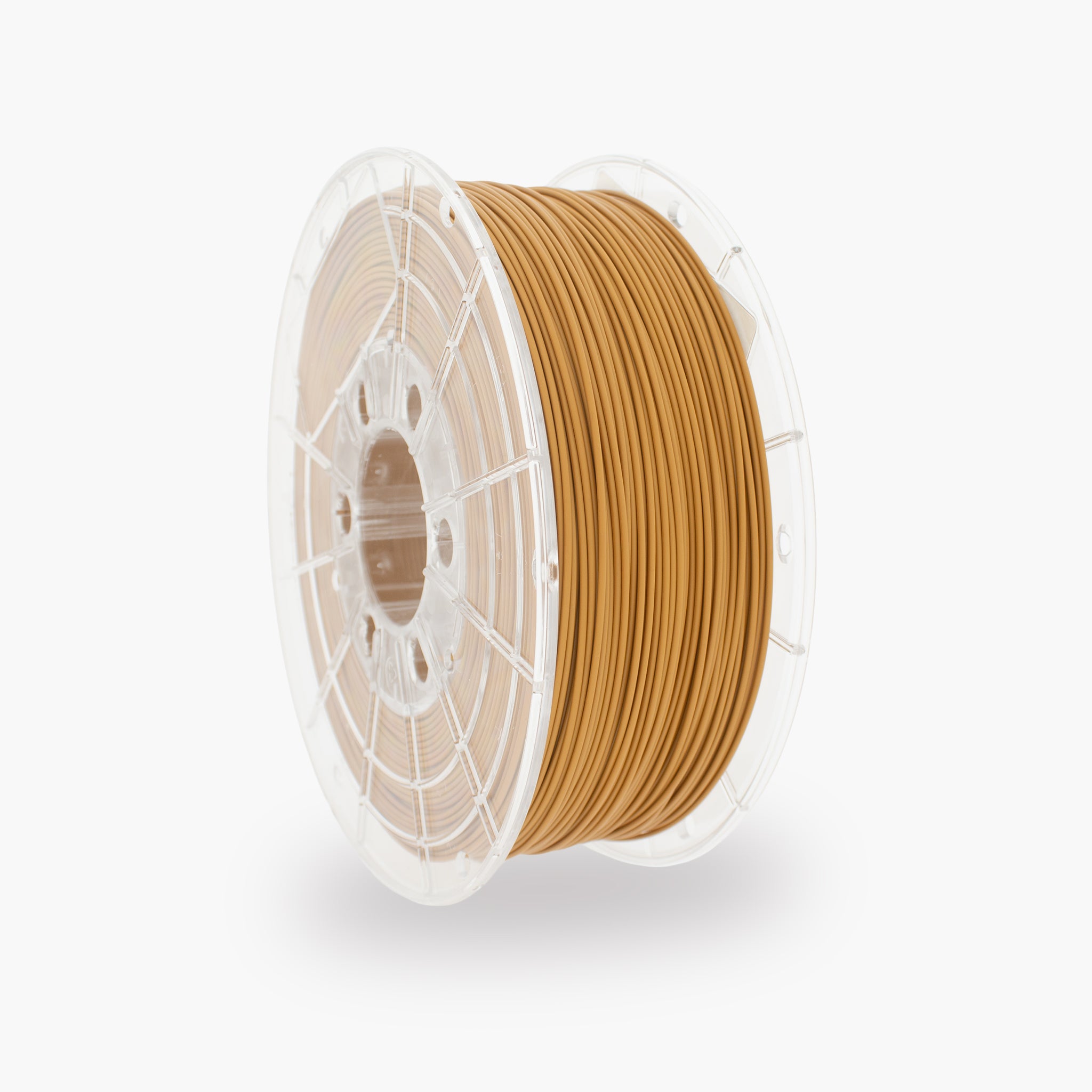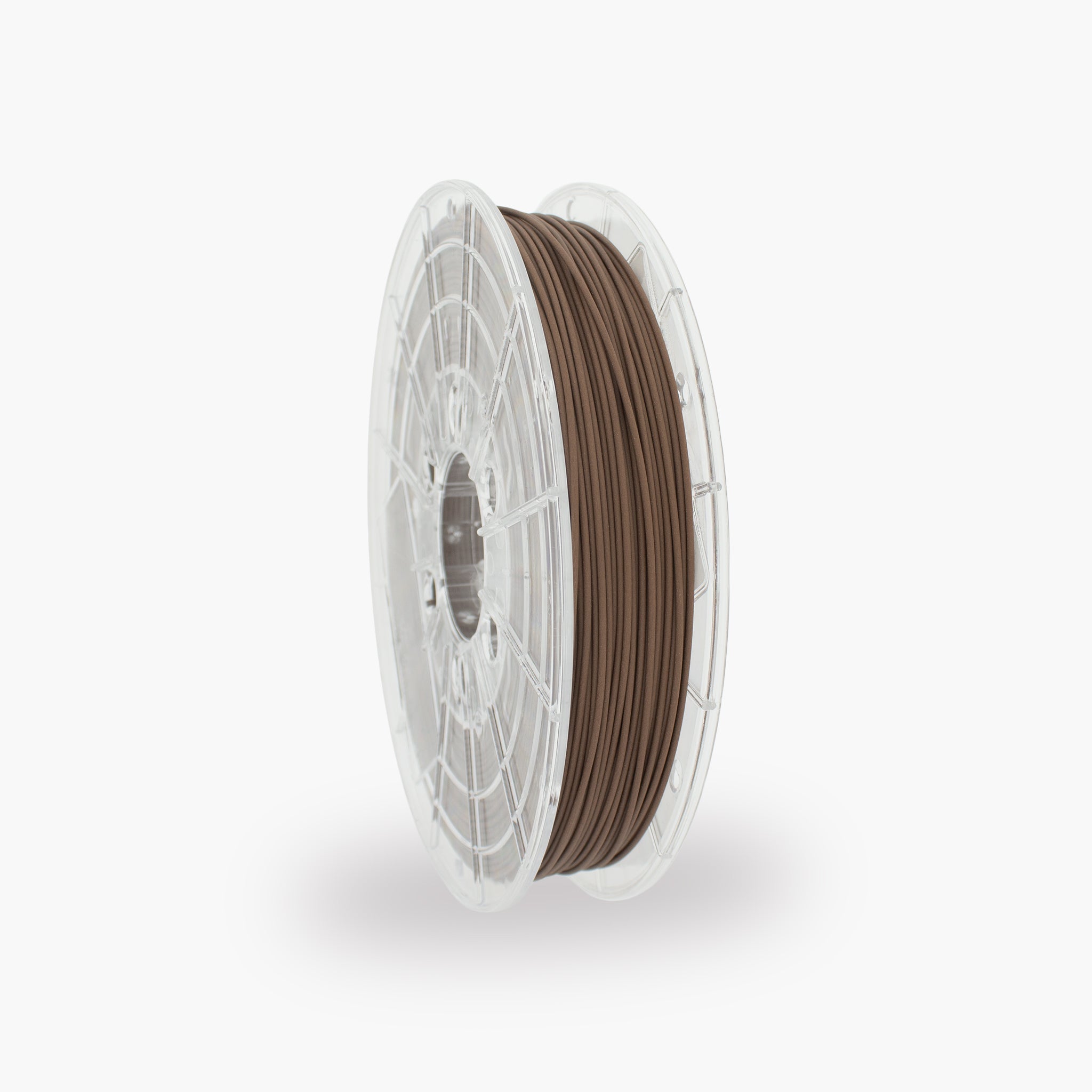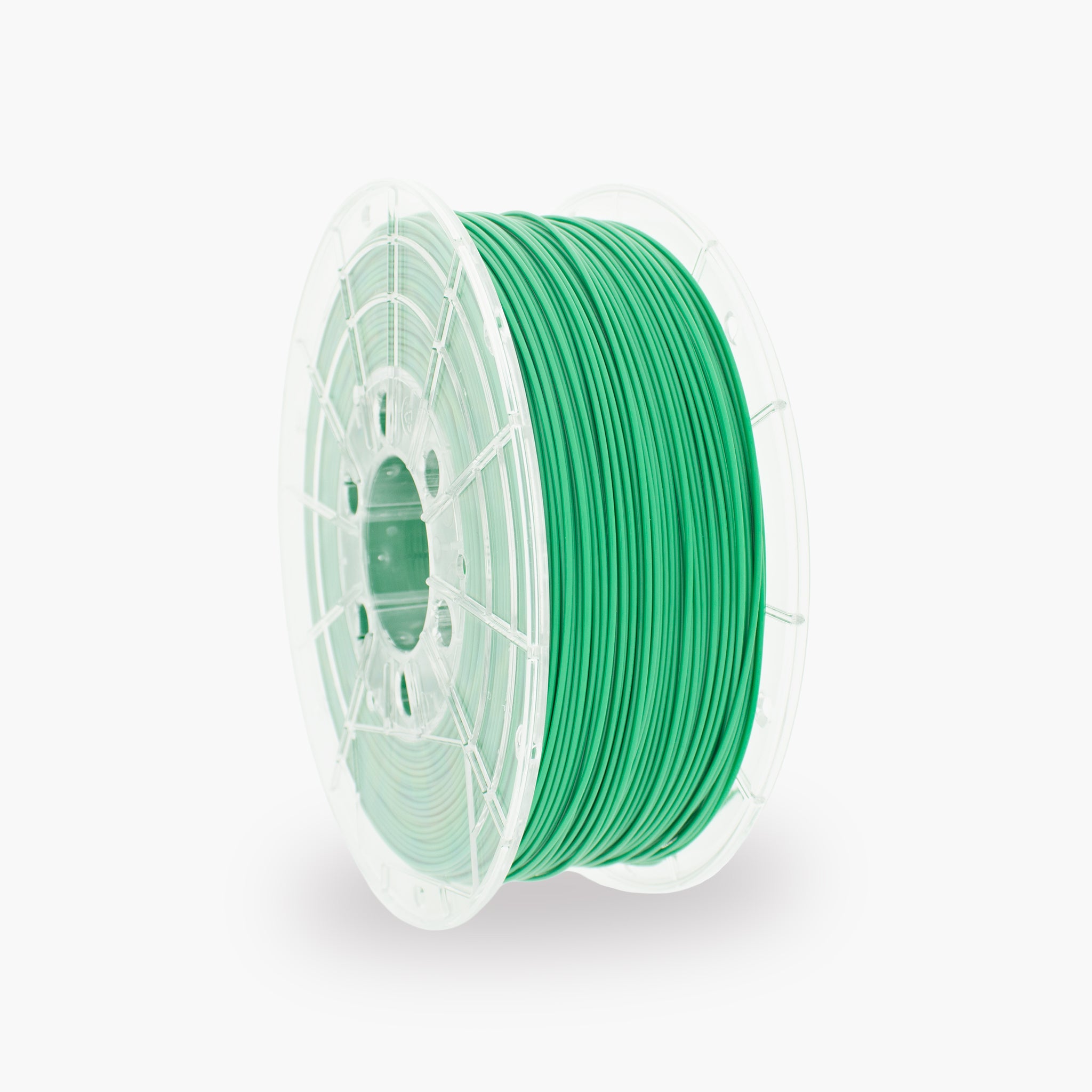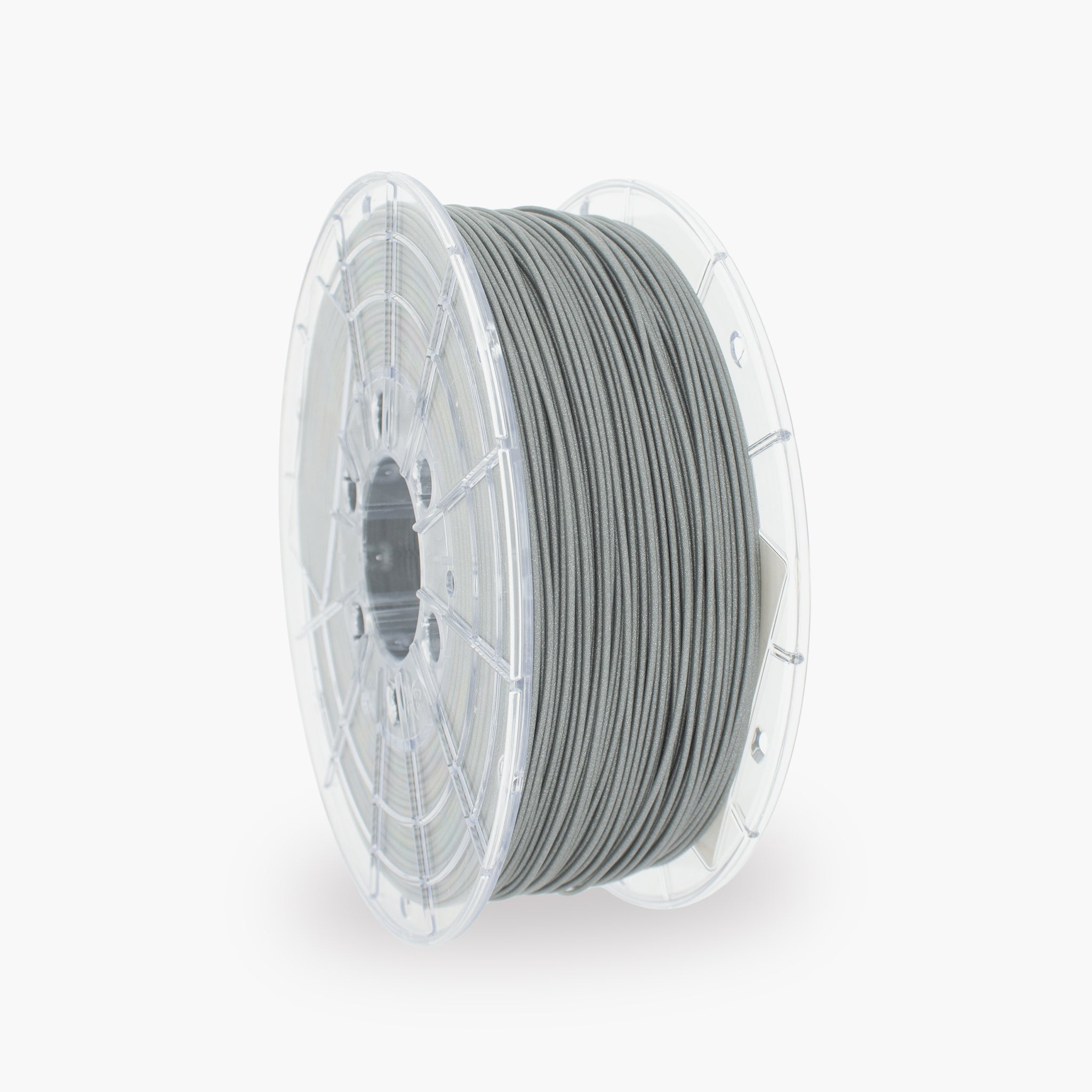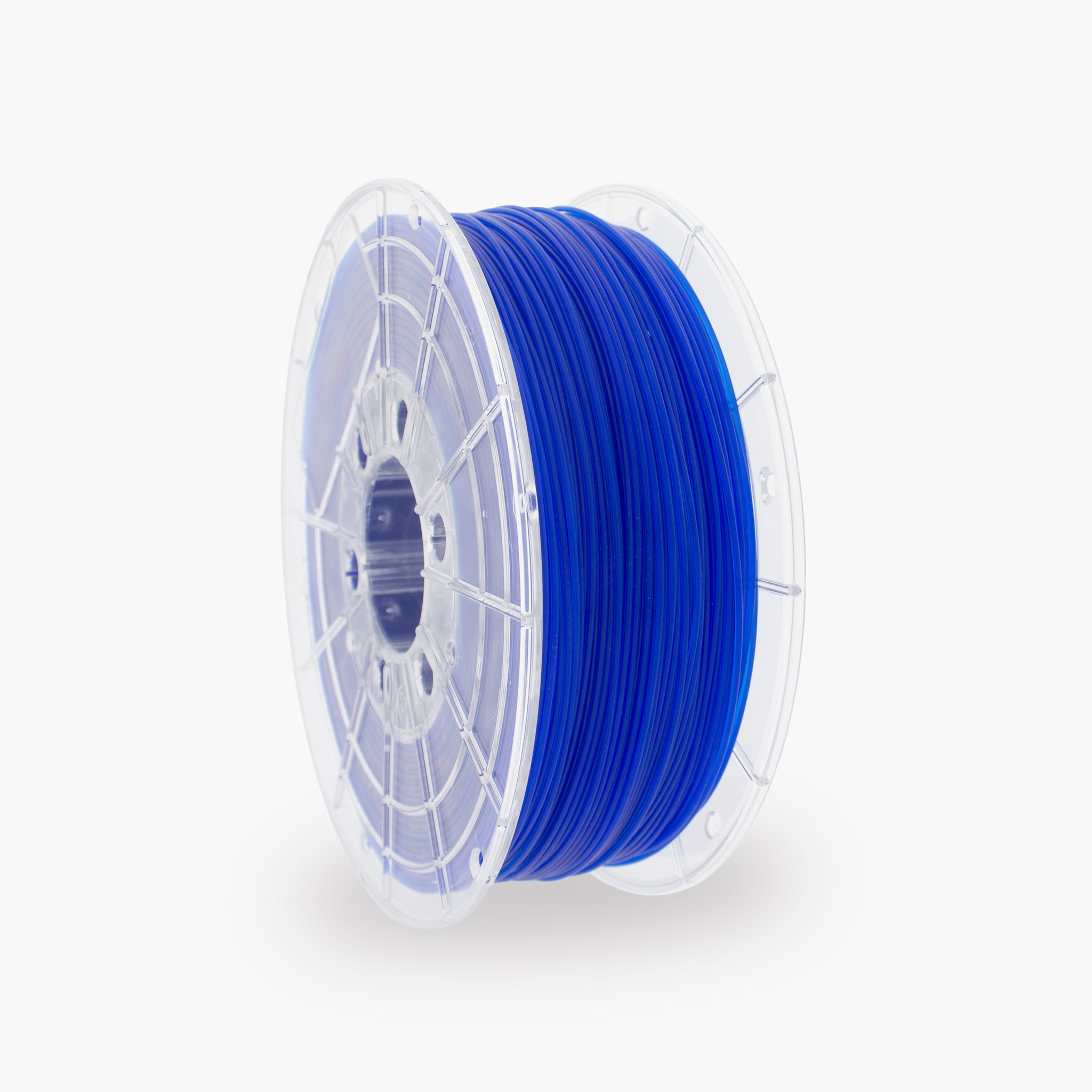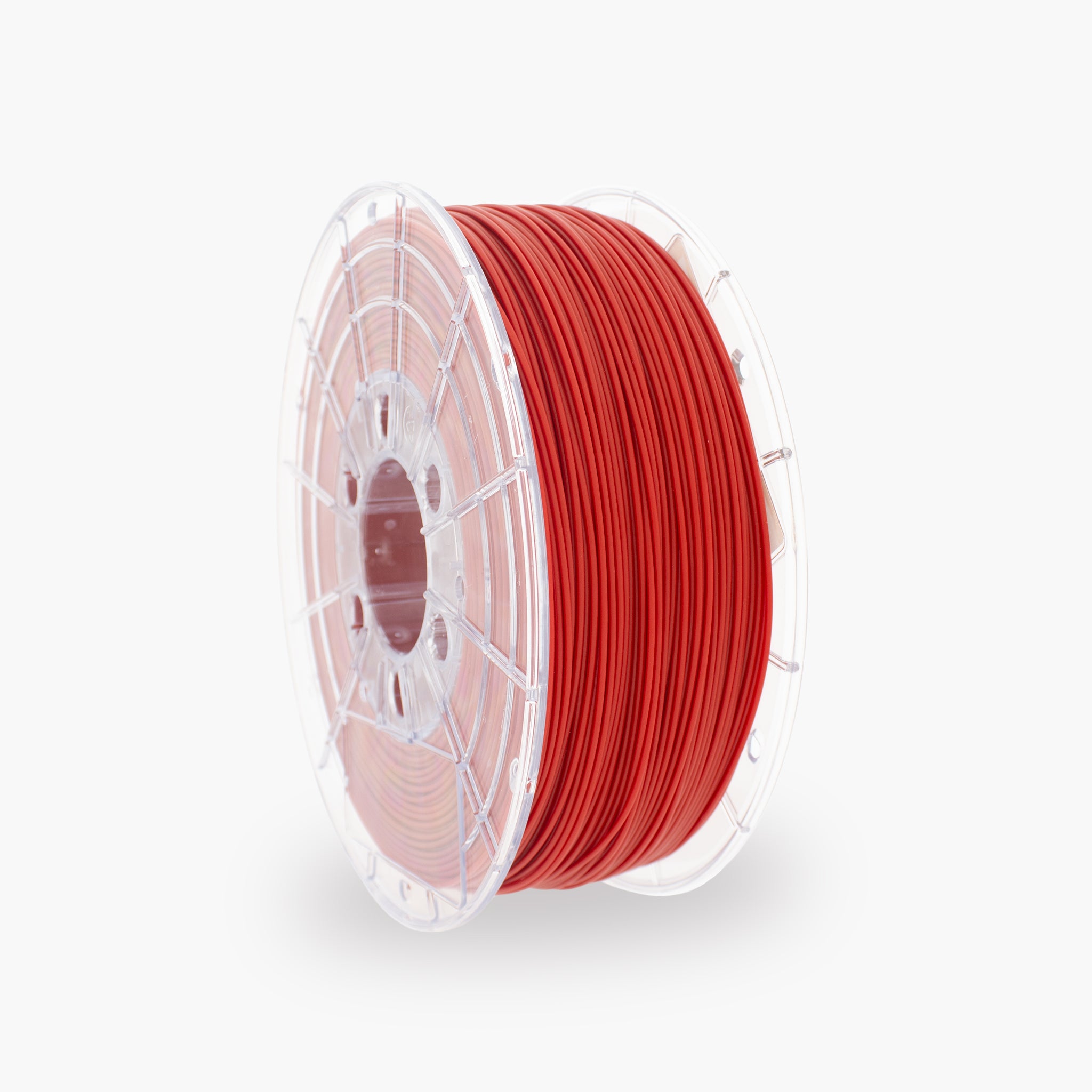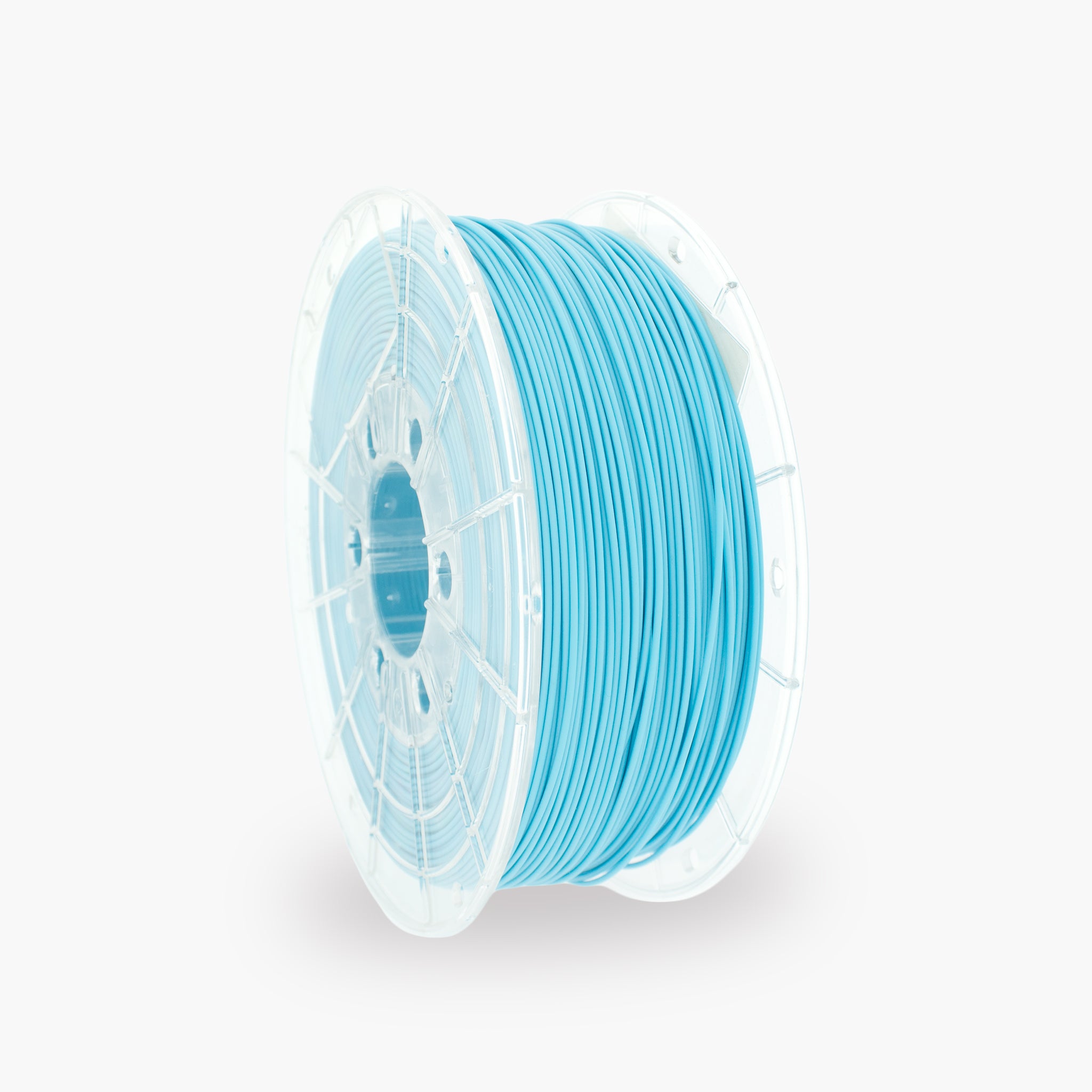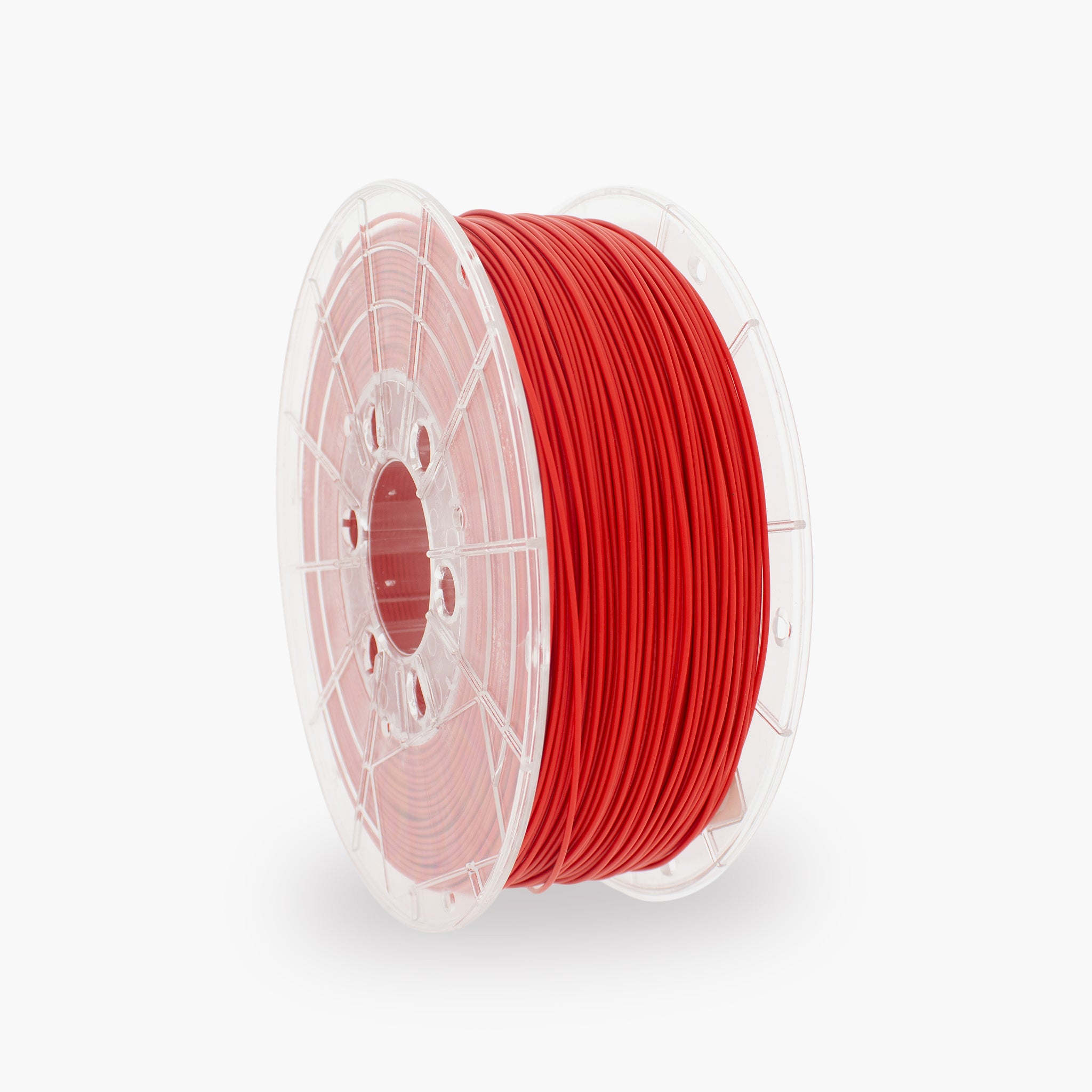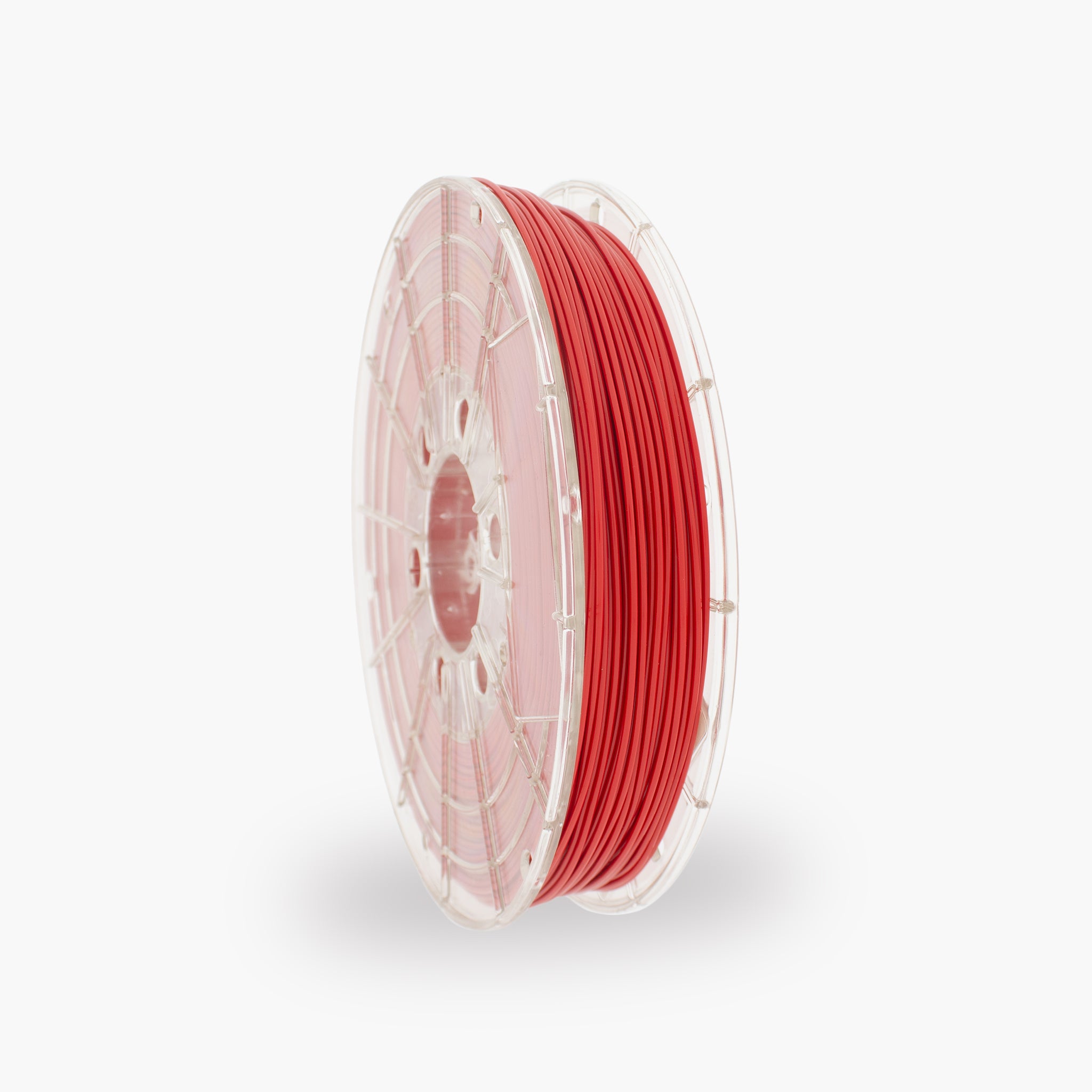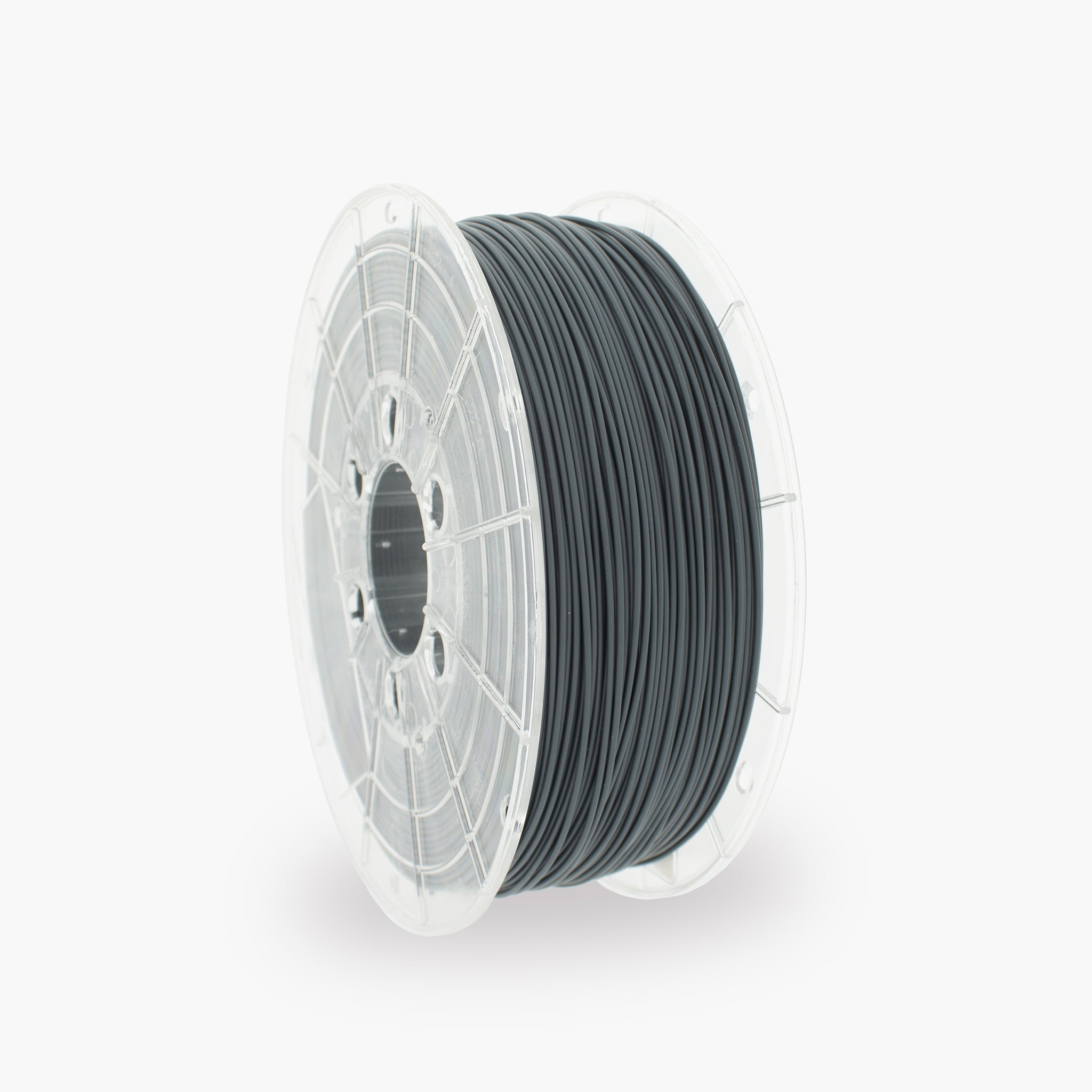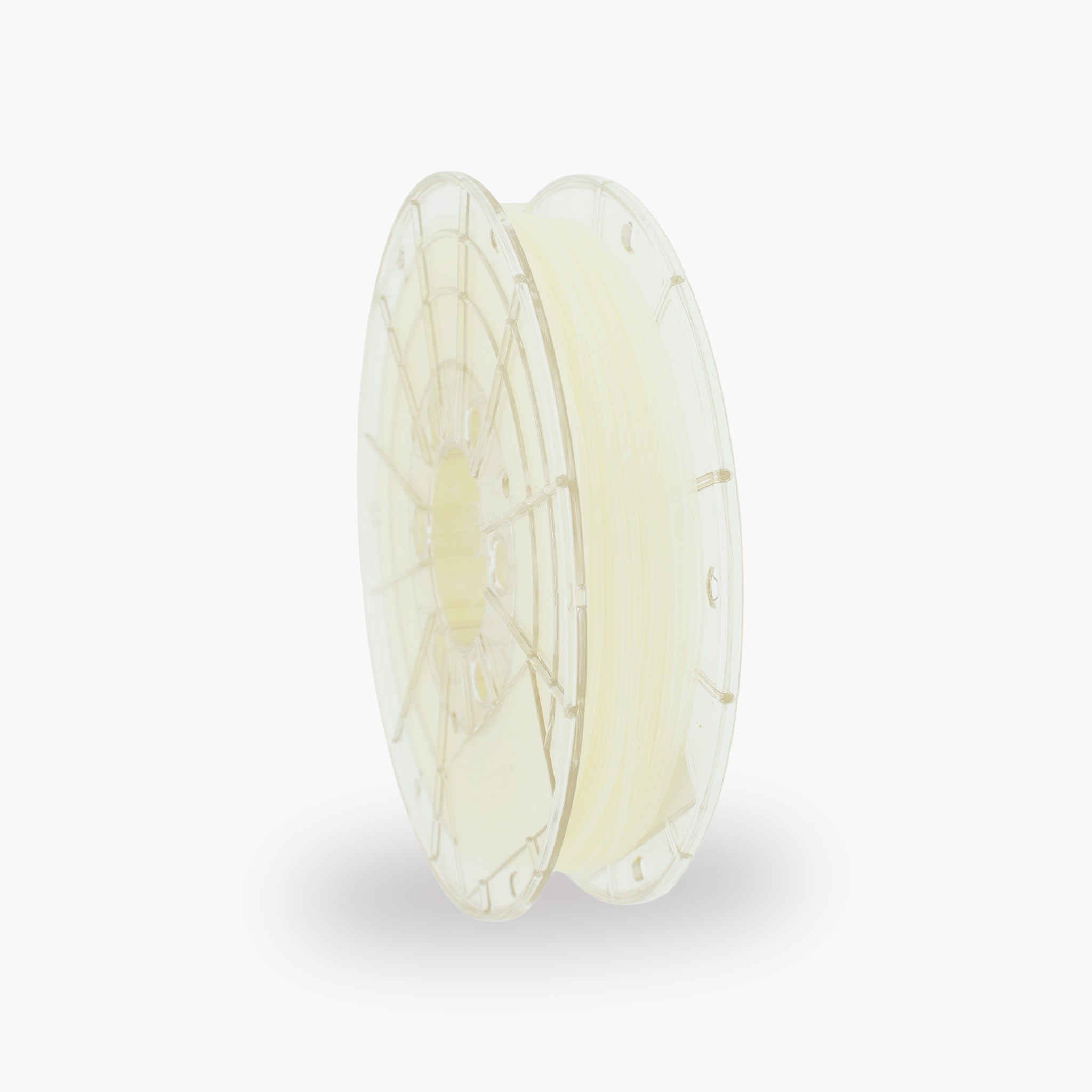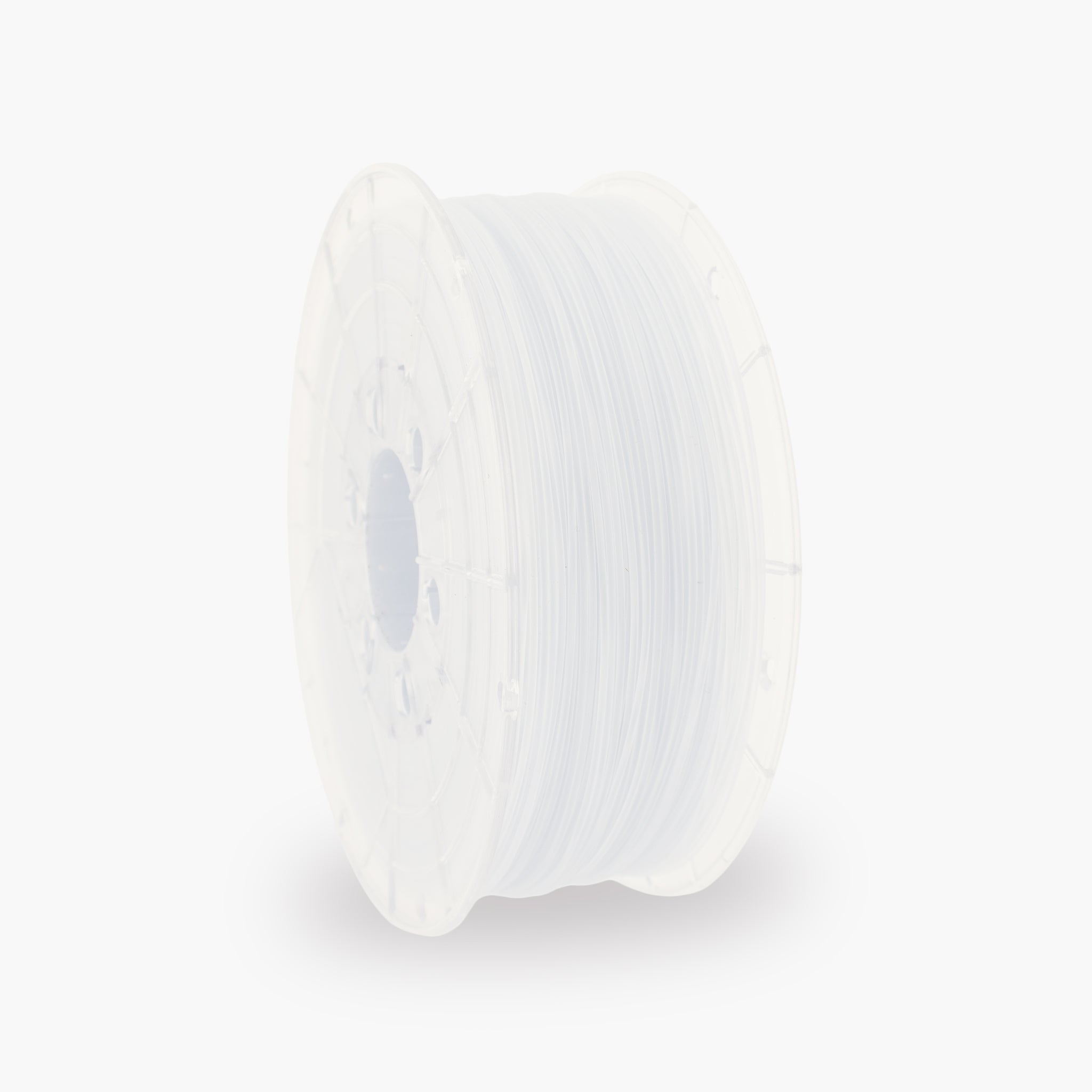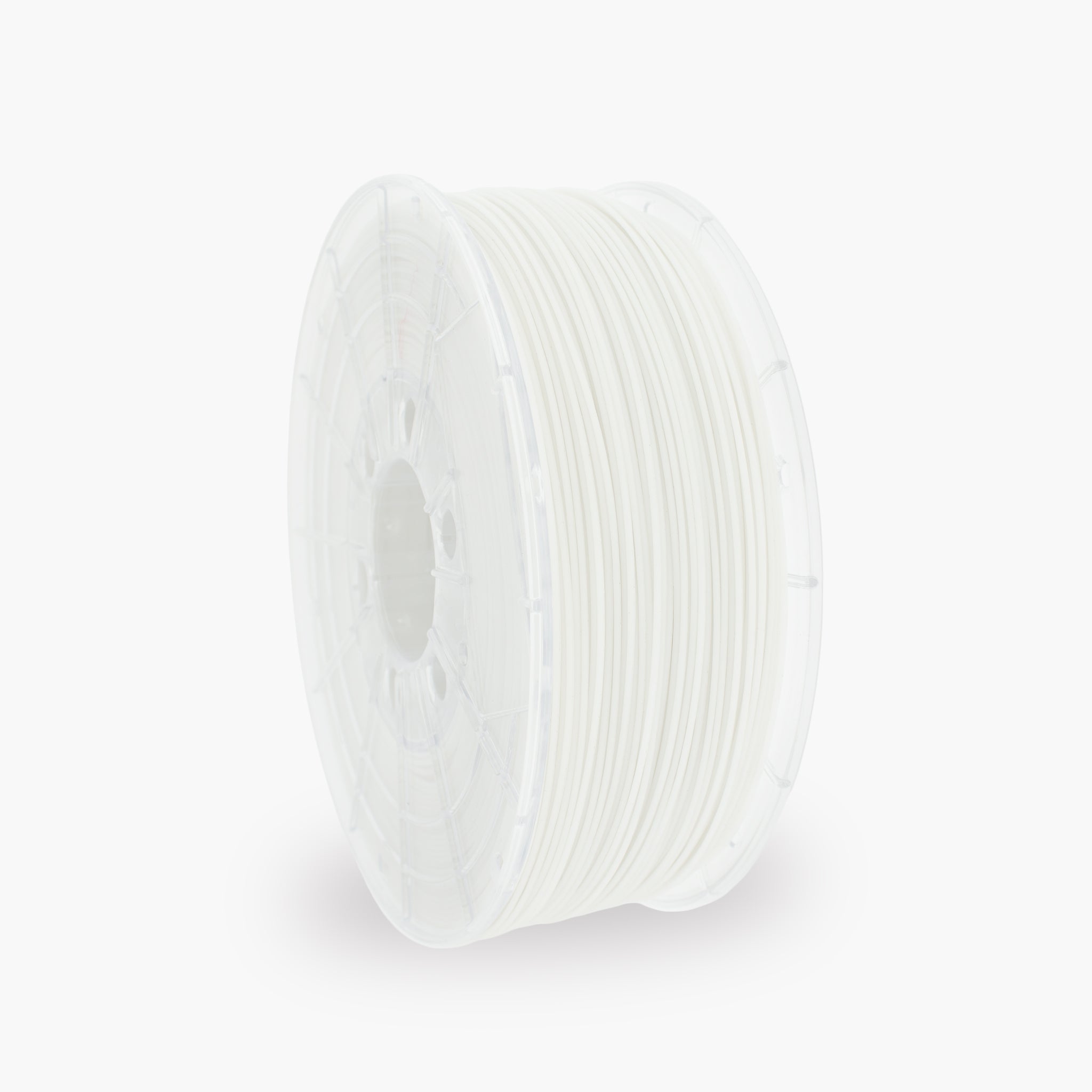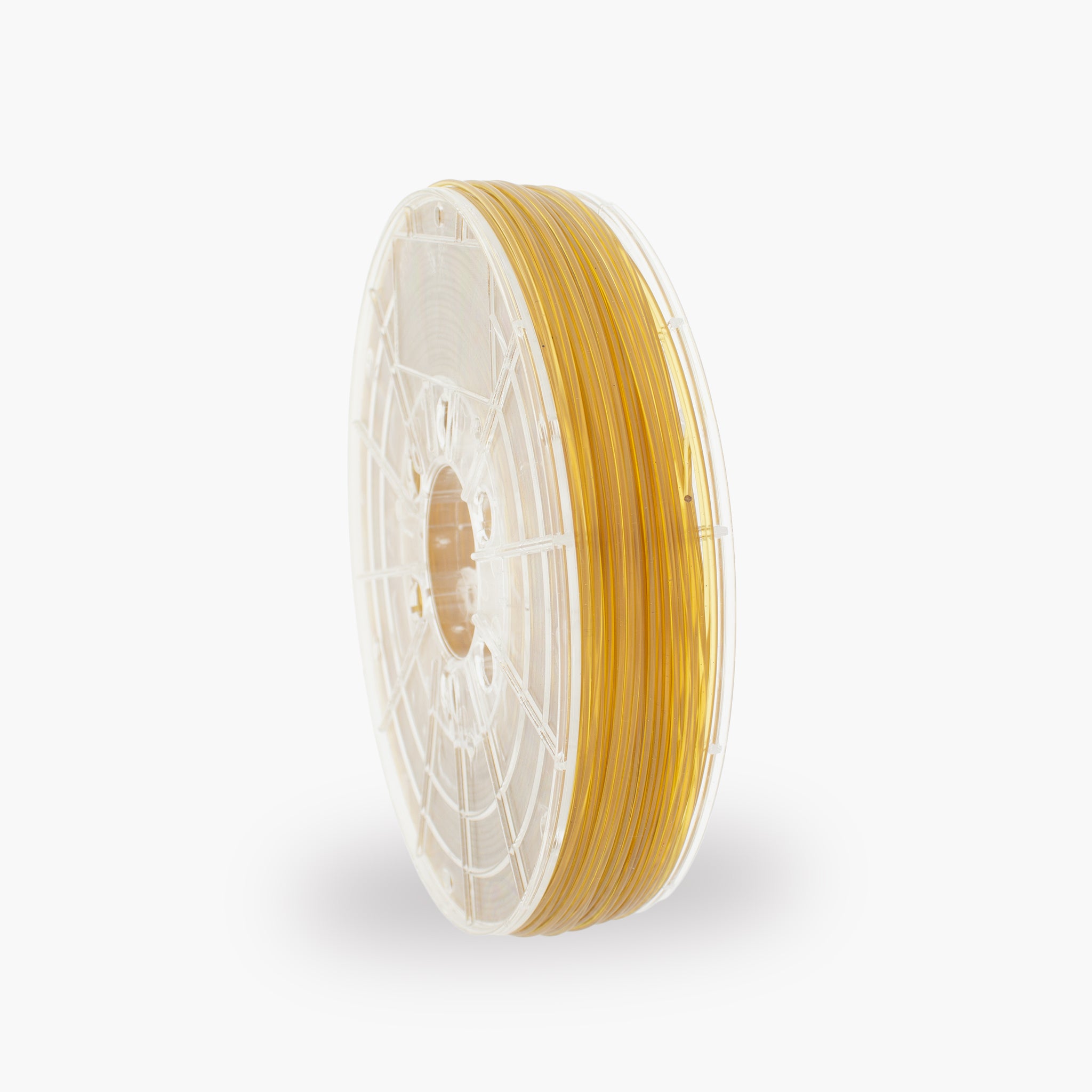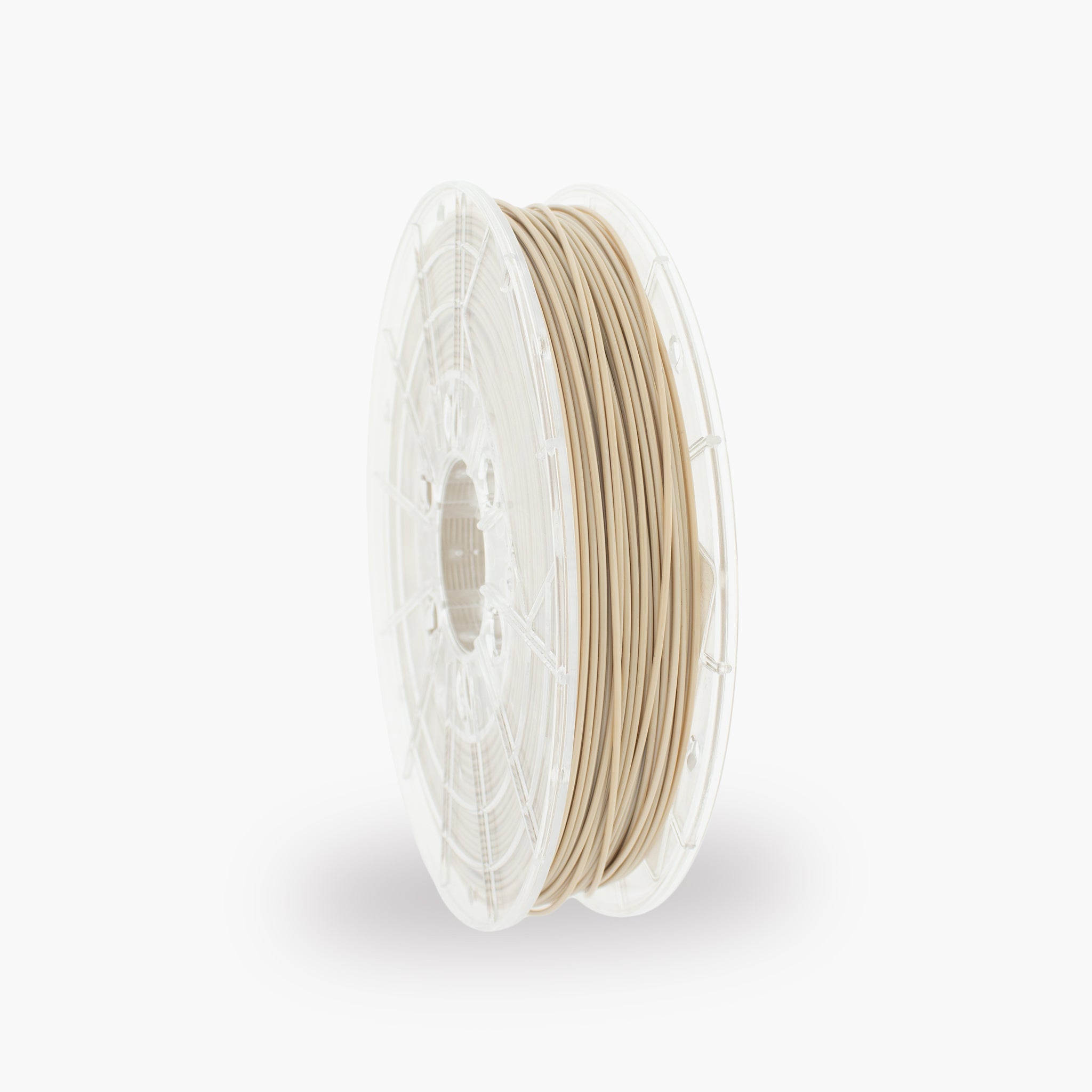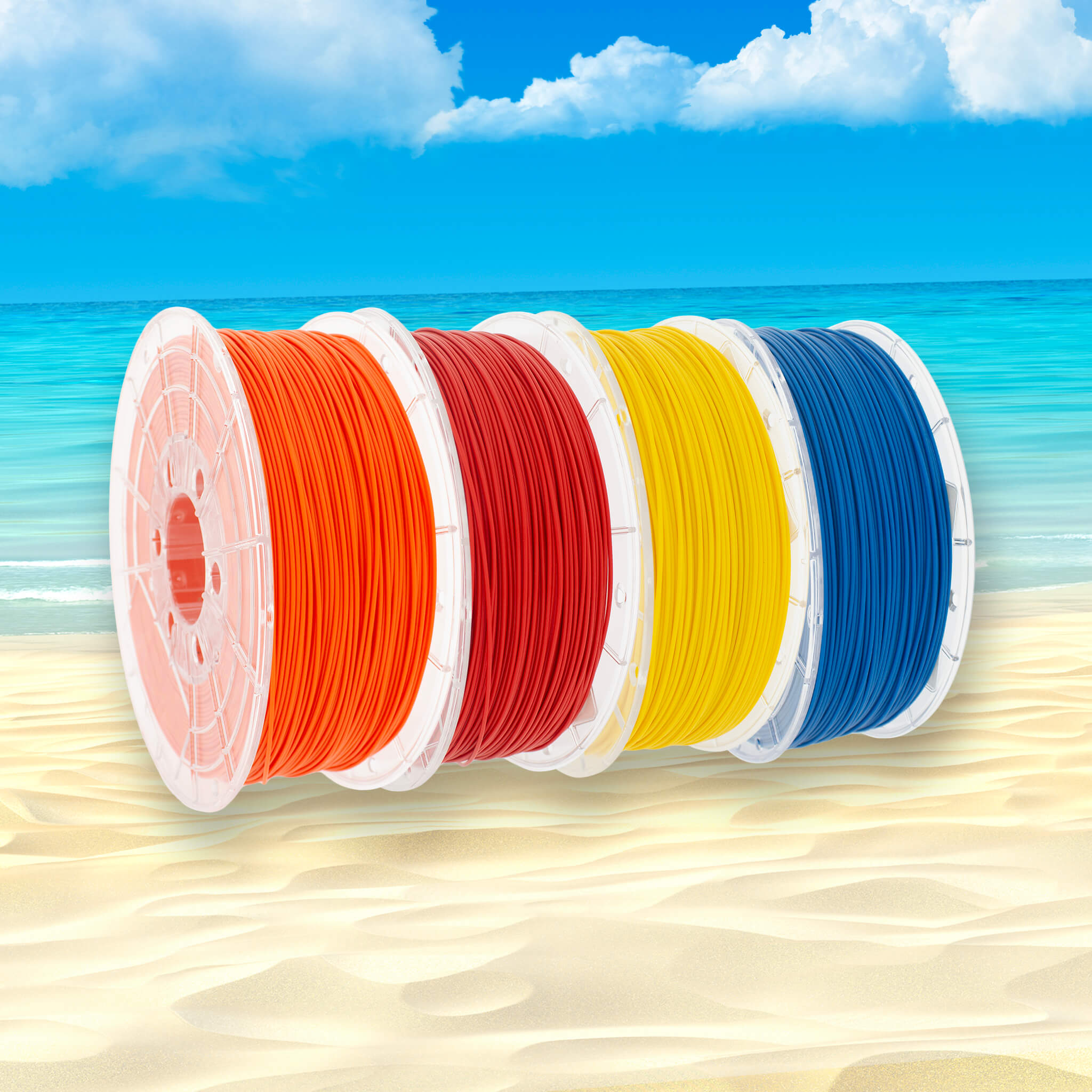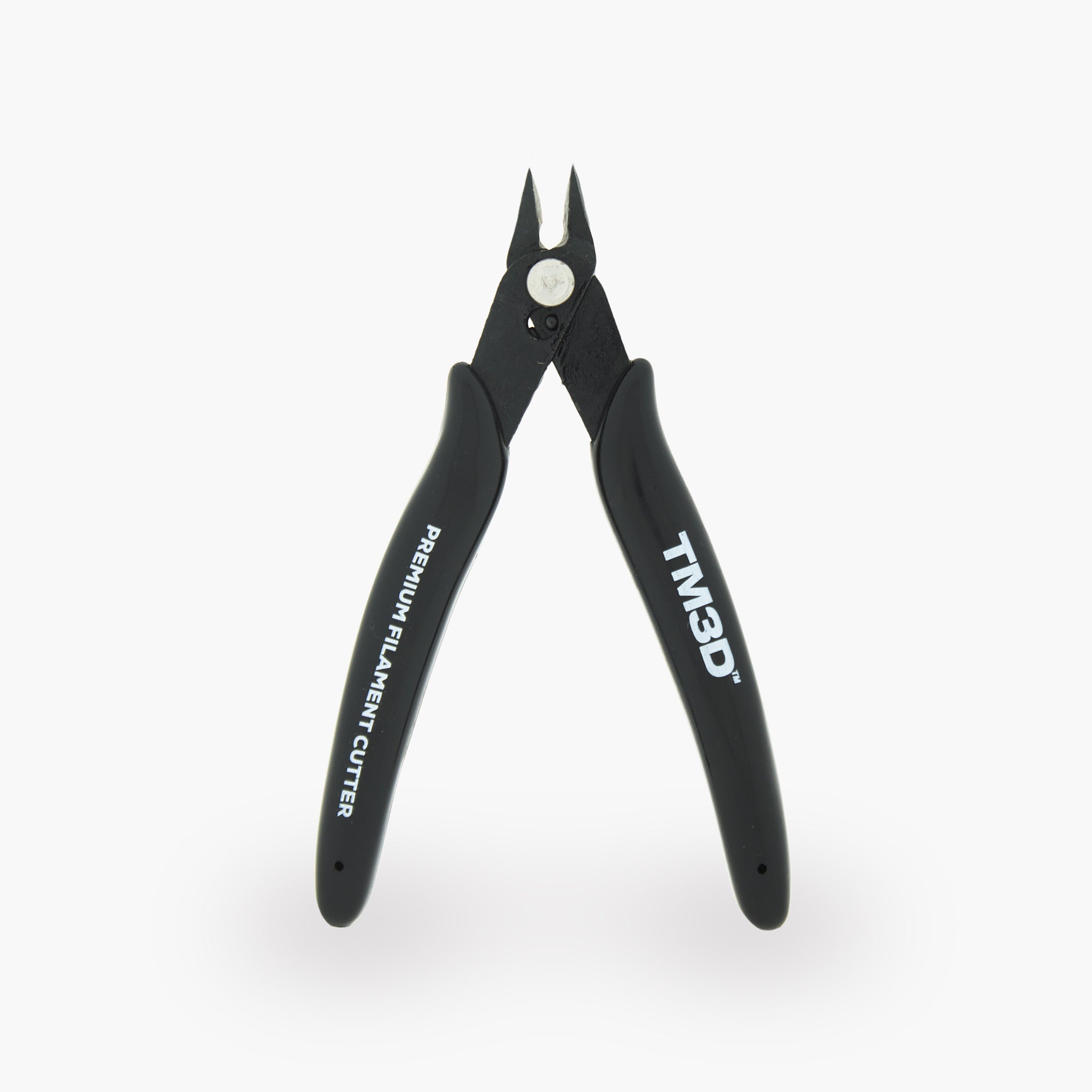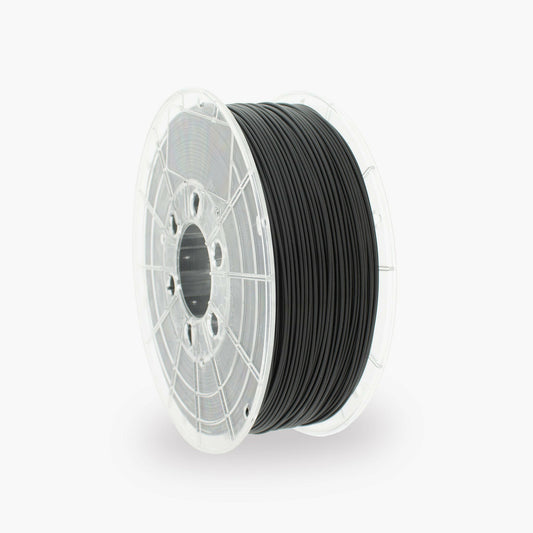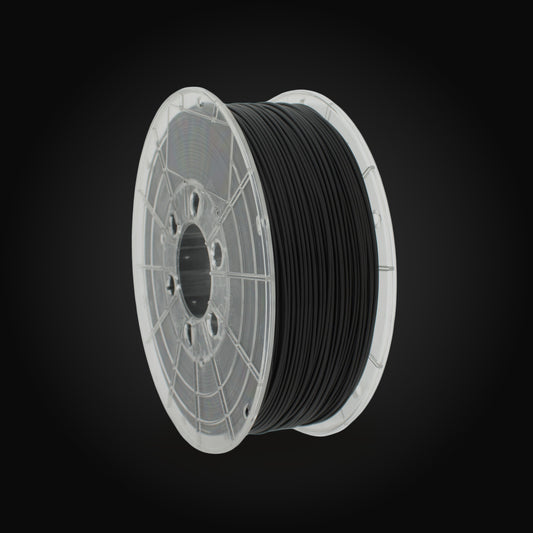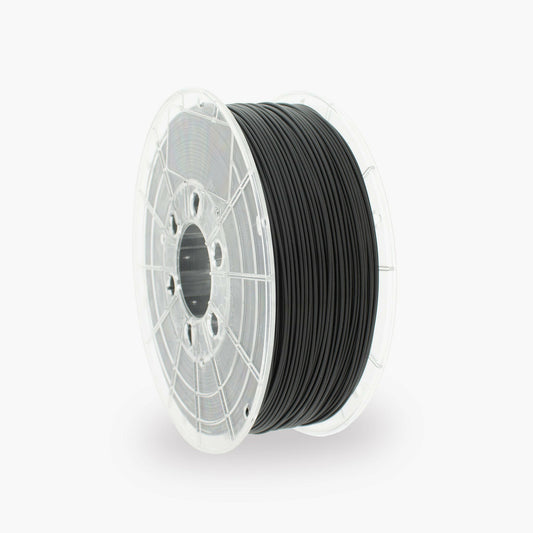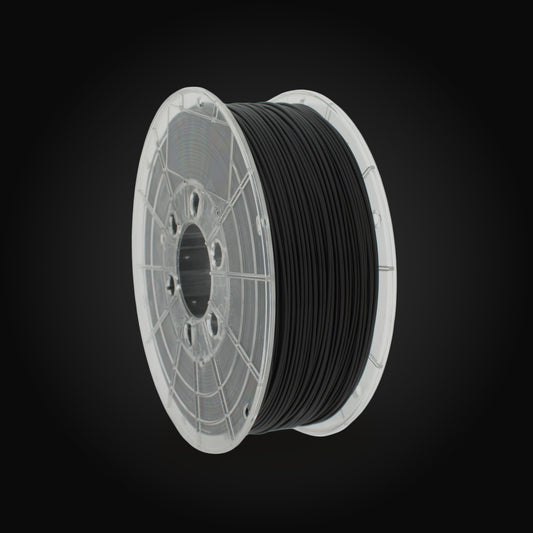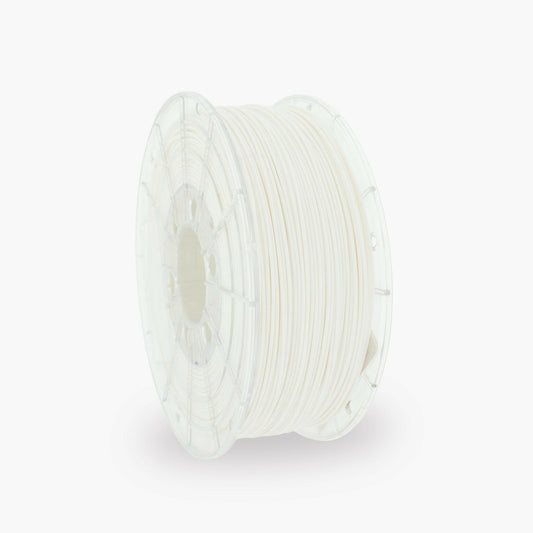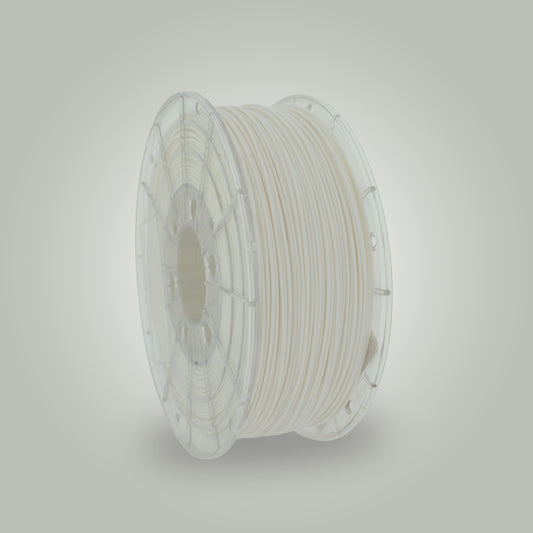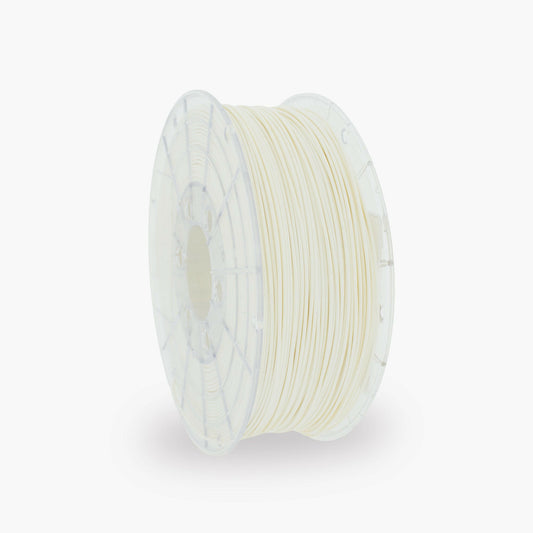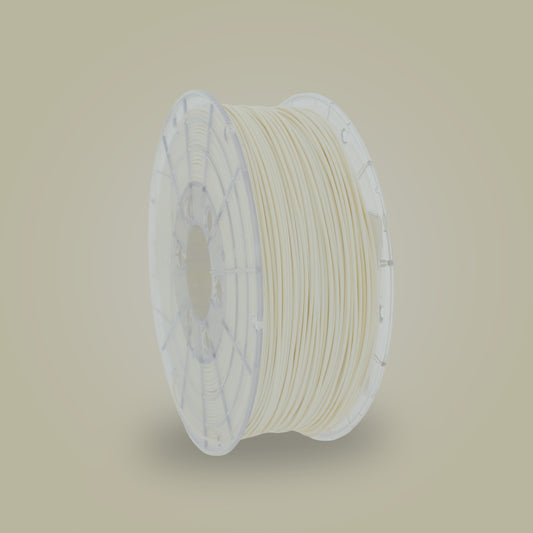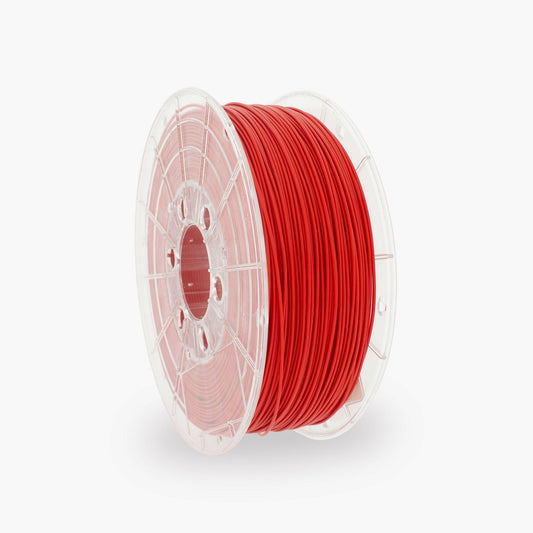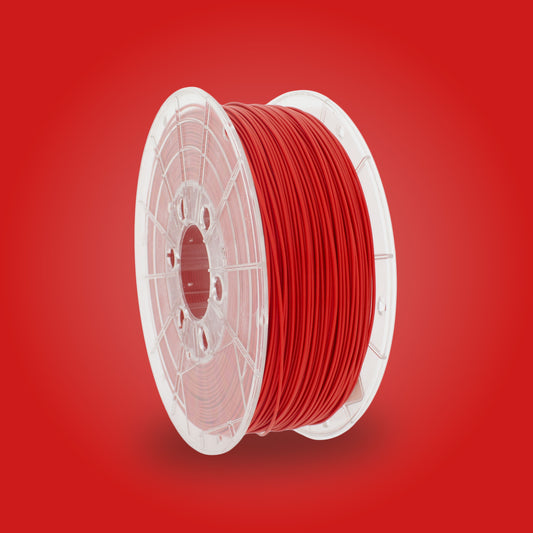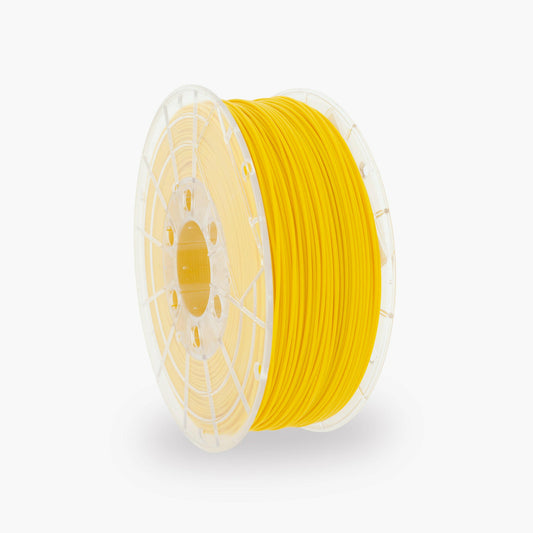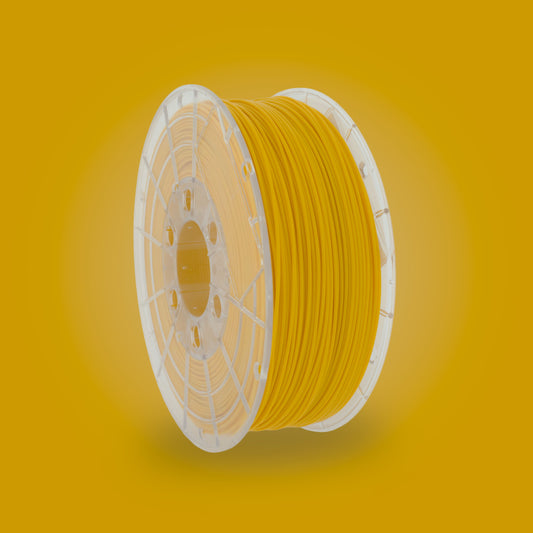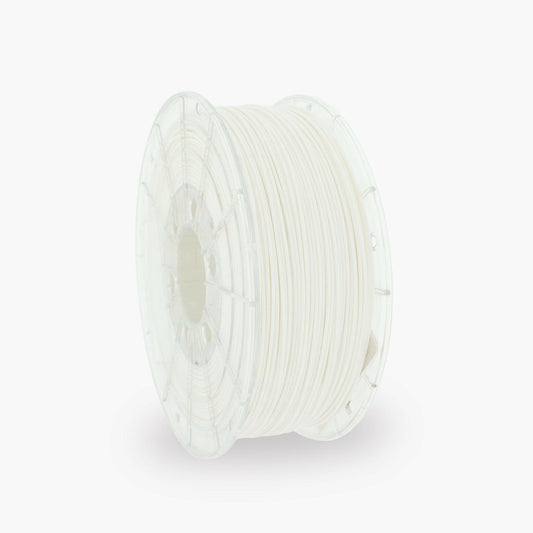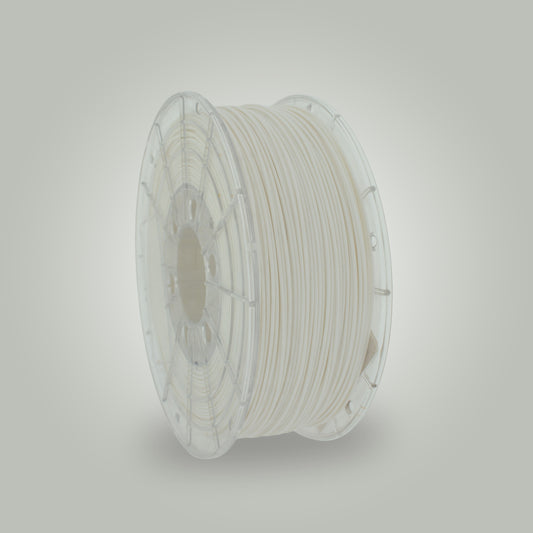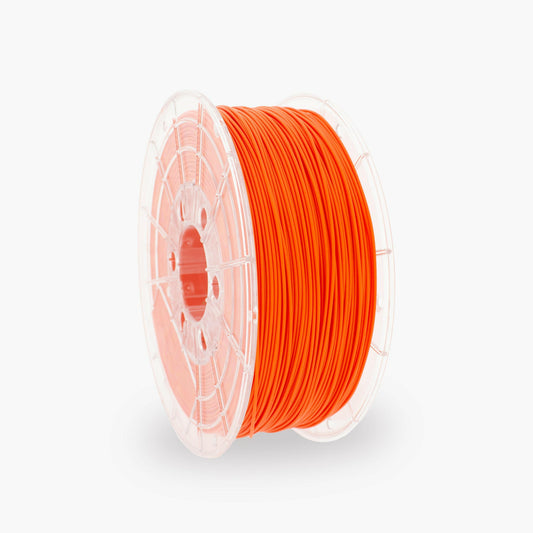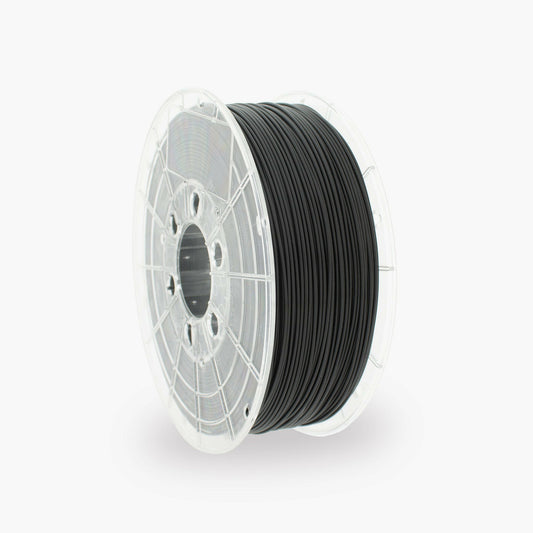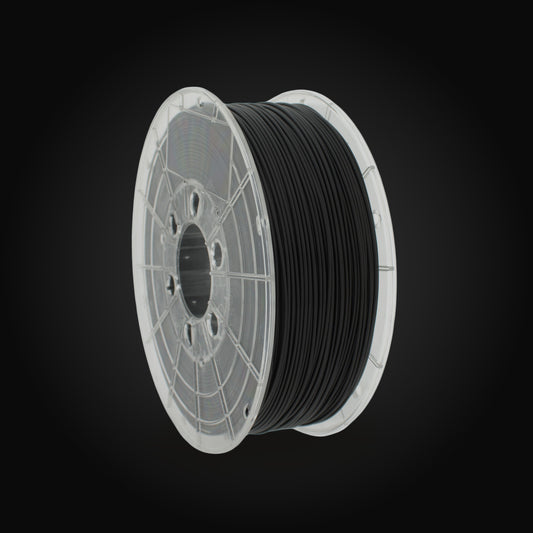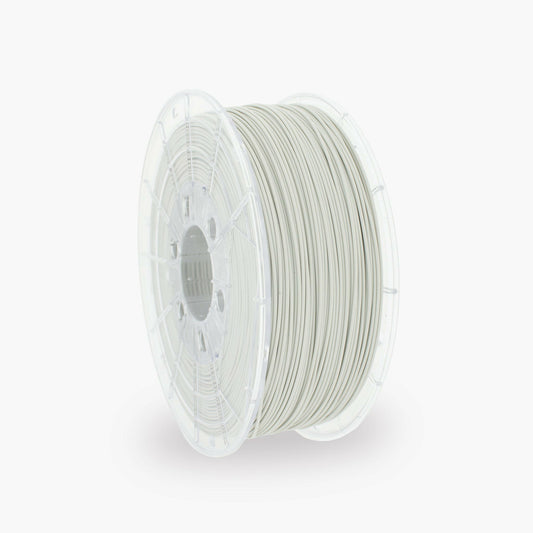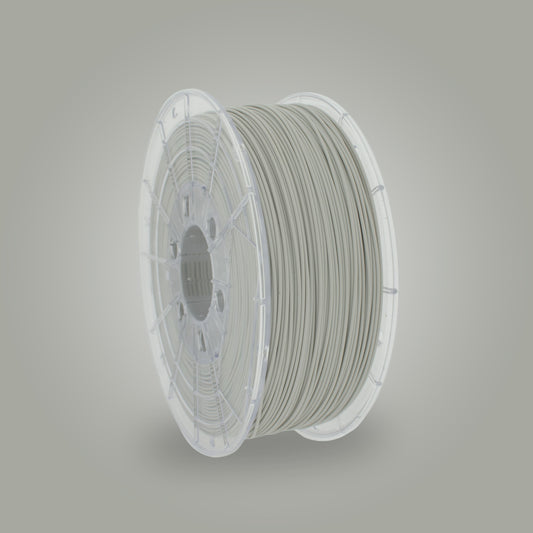Description
Dimensions
Premium packaging
TM3D's filament is zorgvuldig verpakt in een vacuüm verzegelde zak, compleet met een informatieve sticker over het filament. Deze verpakking beschermt het filament effectief tegen lucht en vocht, waardoor de kwaliteit optimaal behouden blijft. Bovendien is deze zak eenvoudig op te bergen en te vervoeren, wat garandeert dat het filament in uitstekende conditie bij de klant arriveert.
You may also like
Frequently asked questions
Got a question?
Welke filamentmateriaal moet ik kiezen voor mijn 3D-printer?
Het materiaal dat je kiest, hangt af van het beoogde gebruik en de gewenste eigenschappen van het eindproduct. Enkele populaire filamentopties zijn PLA (biologisch afbreekbaar en gemakkelijk te printen), ABS (sterk en slagvast), PETG (duurzaam en flexibel), en TPU (flexibel en elastisch). Overweeg de gewenste sterkte, flexibiliteit, temperatuurbestendigheid en speciale eigenschappen bij het maken van je keuze.
Welke filamentdiameter moet ik kopen?
De filamentdiameter moet overeenkomen met de specificaties van je 3D-printer. De meest gangbare diameters zijn 1.75 mm en 2.85 mm. Controleer de handleiding van je printer of de specificaties op de website van de fabrikant om erachter te komen welke diameter geschikt is.
Wat is het verschil tussen PLA en ABS filament?
PLA (Polylactic Acid) en ABS (Acrylonitrile Butadiene Styrene) zijn beide veelgebruikte filamentmaterialen, maar ze hebben verschillende eigenschappen. PLA is biologisch afbreekbaar, gemakkelijk te printen, heeft minder kans op kromtrekken en produceert minder geur tijdens het printen. ABS is sterker, slagvaster en beter bestand tegen hogere temperaturen, maar het vereist een goede ventilatie vanwege de vrijgekomen geur tijdens het printen.
Wat is de invloed van filamentkleur op het printresultaat?
De filamentkleur heeft geen invloed op de printbaarheid of de mechanische eigenschappen van het eindproduct, maar het kan de esthetische uitstraling beïnvloeden. Heldere kleuren kunnen kleine onvolkomenheden en lagen zichtbaarder maken, terwijl donkere kleuren deze mogelijk verbergen. Het is vooral een kwestie van persoonlijke voorkeur en het gewenste uiterlijk van het geprinte object.
Hoe bewaar ik 3D-filament op de juiste manier?
Om de kwaliteit van je filament te behouden, is het belangrijk om het op de juiste manier op te bergen. Bewaar het filament op een droge en koele plaats, bij voorkeur in een luchtdichte verpakking of een afsluitbare container met een vochtabsorberend middel, zoals silicagel. Blootstelling aan vocht kan de printresultaten nadelig beïnvloeden, dus bescherming tegen vocht is essentieel.
